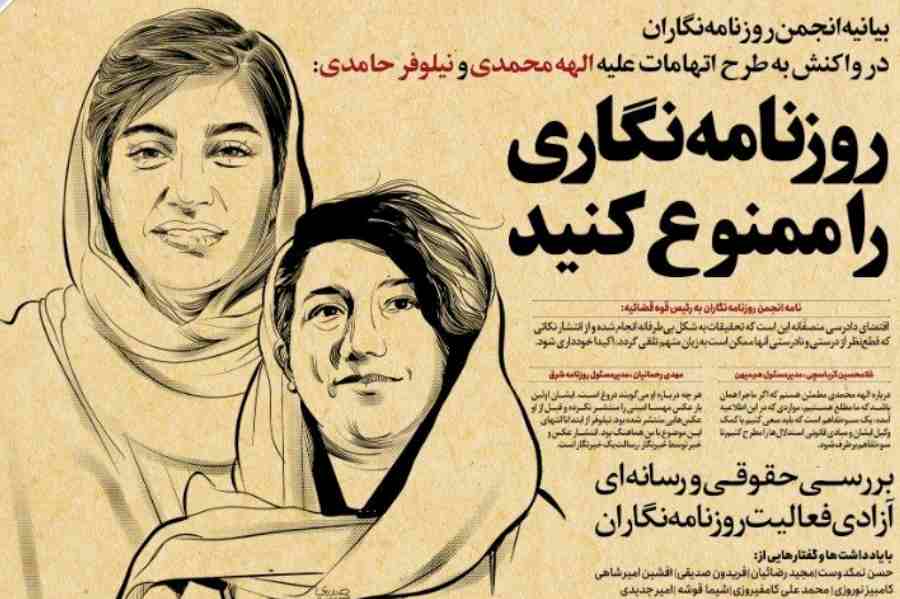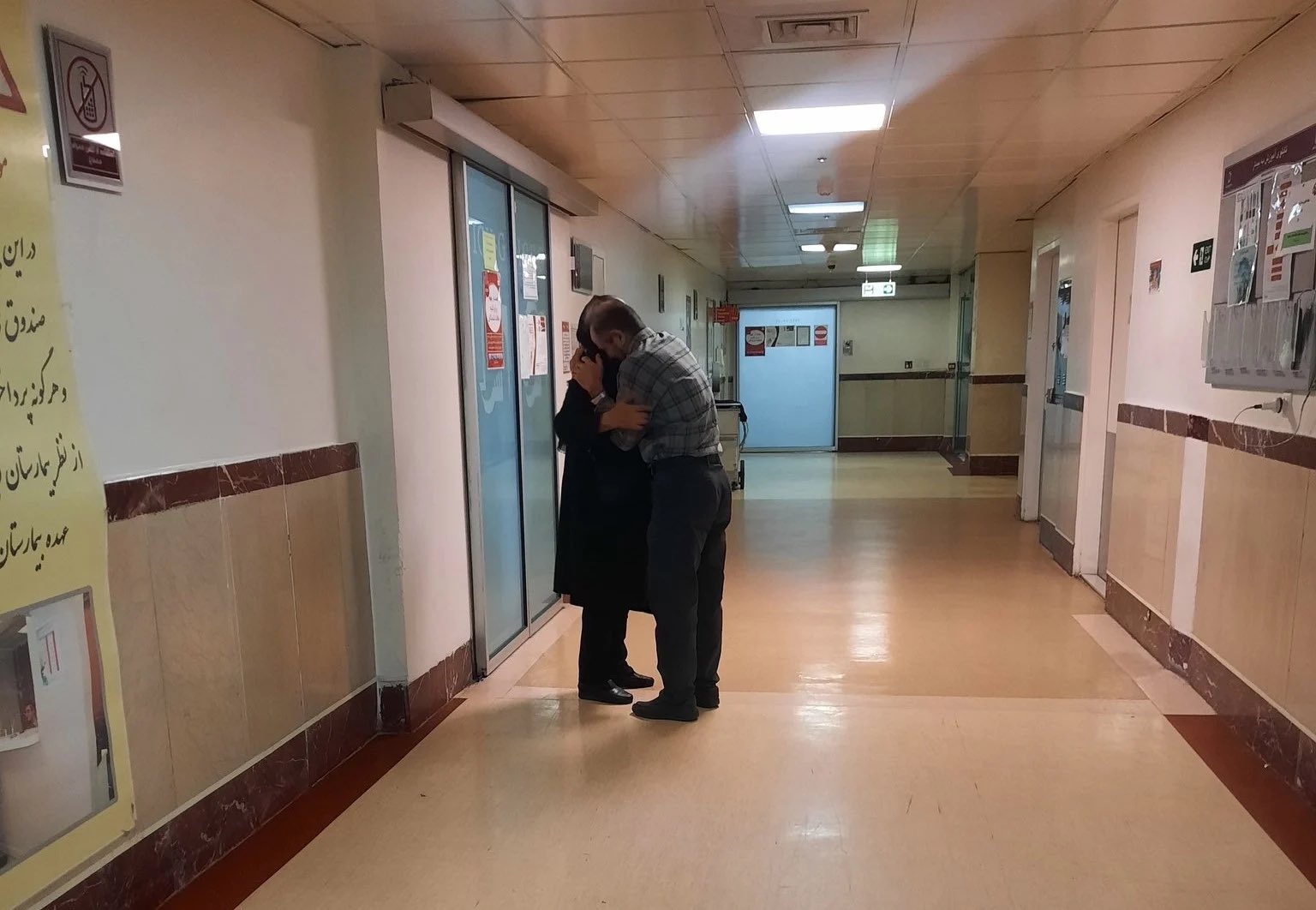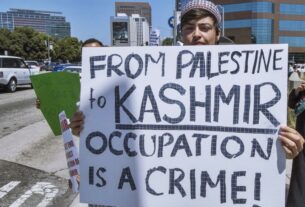Mon 31 October 2022:
More than 300 Iranian journalists have demanded the release of two colleagues jailed for their coverage of Mahsa Amini, whose death in custody triggered protests posing one of the biggest challenges to ruling clerics in decades, Reuters reports.
Their call came in a statement published by the Iranian Etemad and other newspapers on Sunday.
Niloofar Hamedi took a photo of Amini’s parents hugging each other in a Tehran hospital where their daughter was lying in a coma.
A picture of Mahsa Amini’s parents in a moment of grief on the death of their daughter in the Iranian capital of Tehran.
The image, which Hamedi posted on Twitter, was the first signal to the world that all was not well with Amini, who had been detained three days earlier by Iran’s morality police for what they deemed inappropriate dress.
Elaheh Mohammadi covered Amini’s funeral in her Kurdish hometown Saqez, where the protests began. A joint statement released by Iran’s intelligence ministry and the intelligence organisation of the Revolutionary Guards on Friday had accused Hamedi and Mohammadi of being CIA foreign agents.
The arrests match an official narrative that Iran’s arch-enemy the United States, Israel and other Western powers and their local agents are behind the unrest and are determined to destabilise the country.
At least 40 journalists have been detained in the past six weeks, according to rights groups, and the number is growing.
What began as outrage over Amini’s death on Sept. 16 evolved into a popular revolt by people from all layers of society.
Students and women have played a prominent role, burning their veils as crowds call for the death of Supreme Leader Ayatollah Ali Khamenei and the toppling of the Islamic Republic, which has repressed any dissent since the 1979 revolution.
There are no signs that a crackdown will defuse the fury, even after the feared head of Iran’s powerful Revolutionary Guards warned protesters that Saturday would be their last day of taking to the streets, the harshest warning yet.
Analysts say Iran’s leaders will manage to withstand the pressure but that the path to political change in the future could be irreversible.
IRAN LABELS TWO JOURNALISTS WHO BROKE THE NEWS OF MAHSA AMINI’S DEATH AS CIA AGENTS
CLERICS EXPECTED TO SURVIVE
The Revolutionary Guards and the volunteer militia Basij have crushed dissent in the past – in 2009 protests lasted six months. No officials have publicly criticised the clerical establishment.
“Basijis are being insulted by the seditionists at universities and in the streets. So far, Basijis have shown restraint and they have been patient,” the head of the Revolutionary Guards in the Khorasan Junubi province, Brigadier General Mohammadreza Mahdavi, was quoted as saying by the state news agency IRNA.
“But it will get out of our control if the situation continues.”
Videos on social media, unverifiable by Reuters, showed students clashing with riot police and Basij forces in universities across the country, chanting “dishonoured Basij get lost”.
Iran’s Parliament Speaker, Mohammad Baqer Qalibaf, seemed to strike a conciliatory tone, saying the difference between peaceful and violent protesters should be noted.
“We consider the protests to be not only correct and the cause of progress, but we also believe that these social movements will change policies and decisions, provided that they are separated from violent people, criminals and separatists,” he said.
___________________________________________________________________________________________________________________________________________
FOLLOW INDEPENDENT PRESS:
TWITTER (CLICK HERE)
https://twitter.com/IpIndependent
FACEBOOK (CLICK HERE)
https://web.facebook.com/ipindependent
Think your friends would be interested? Share this story!






